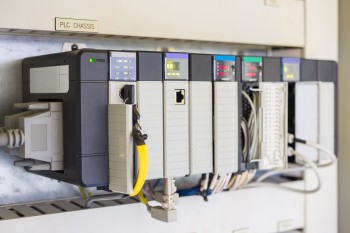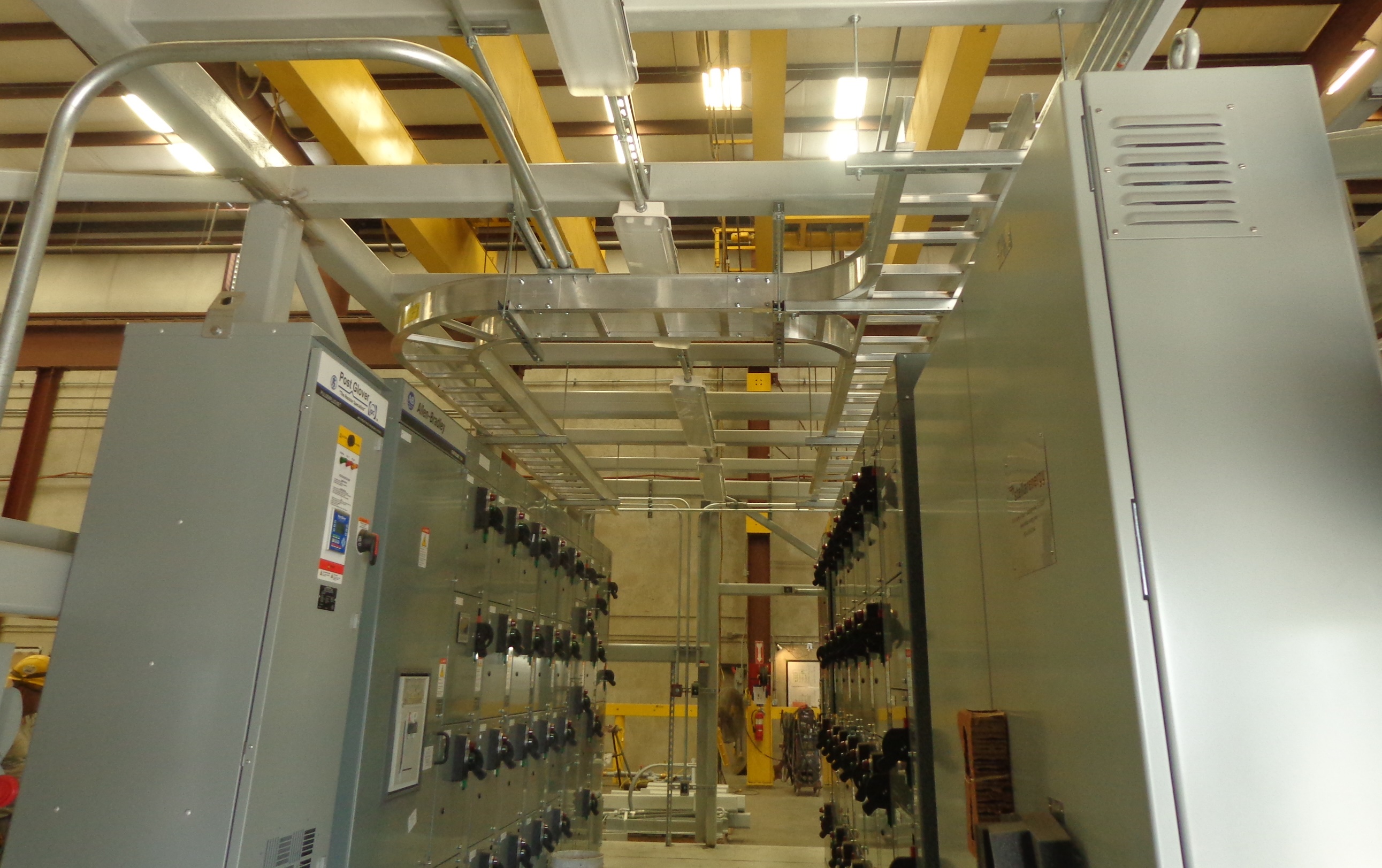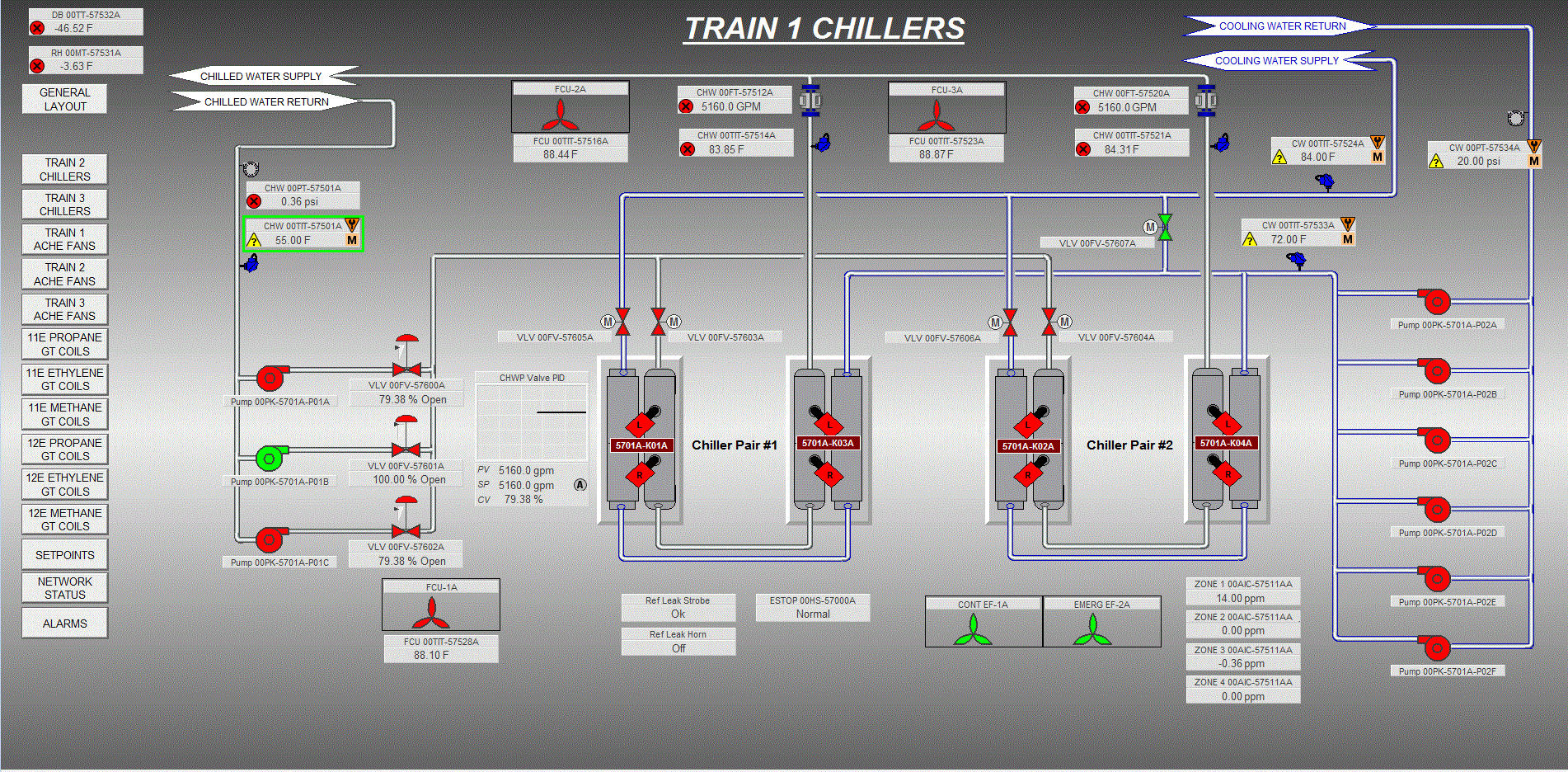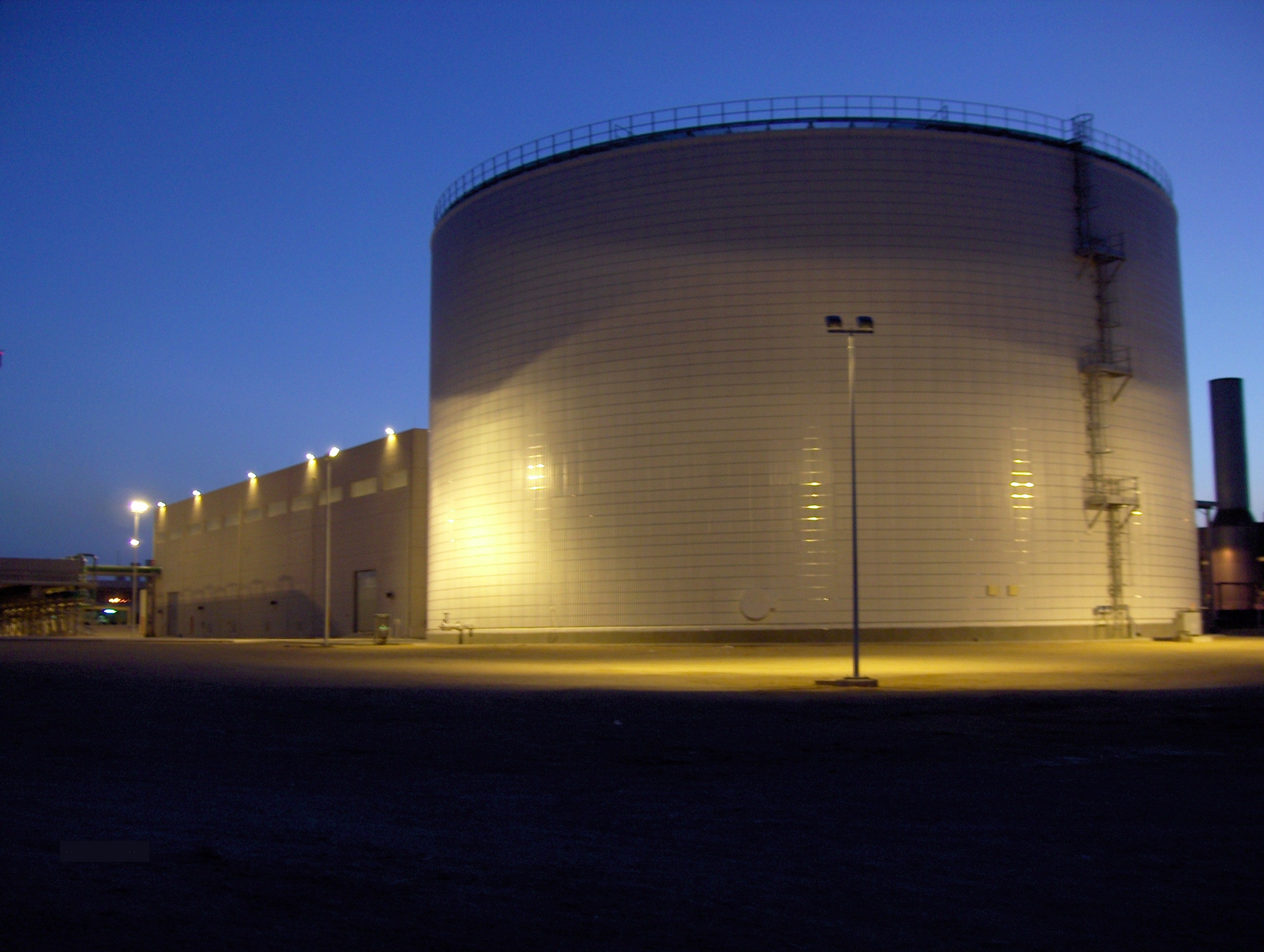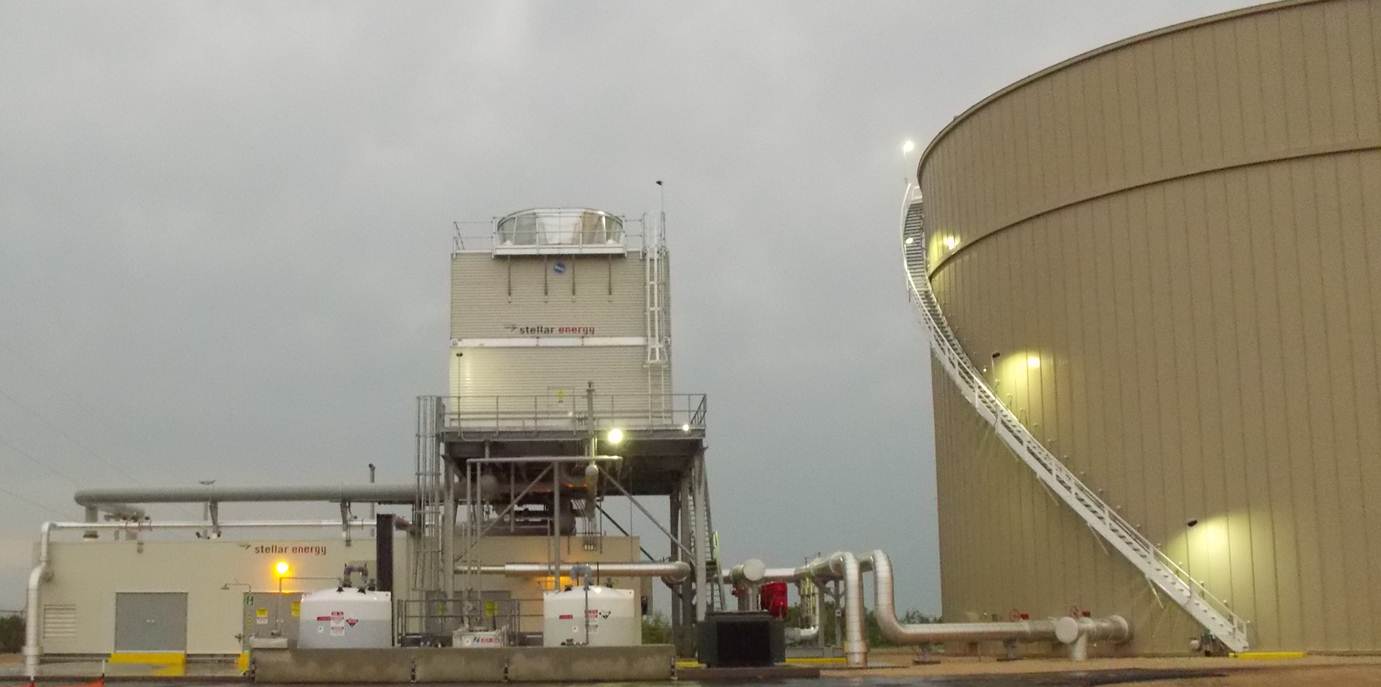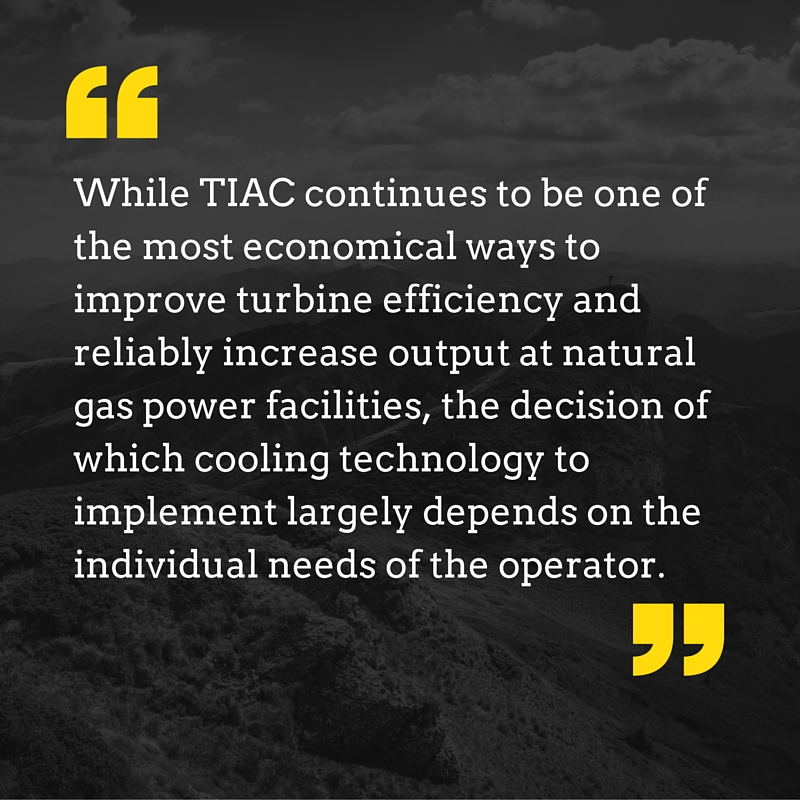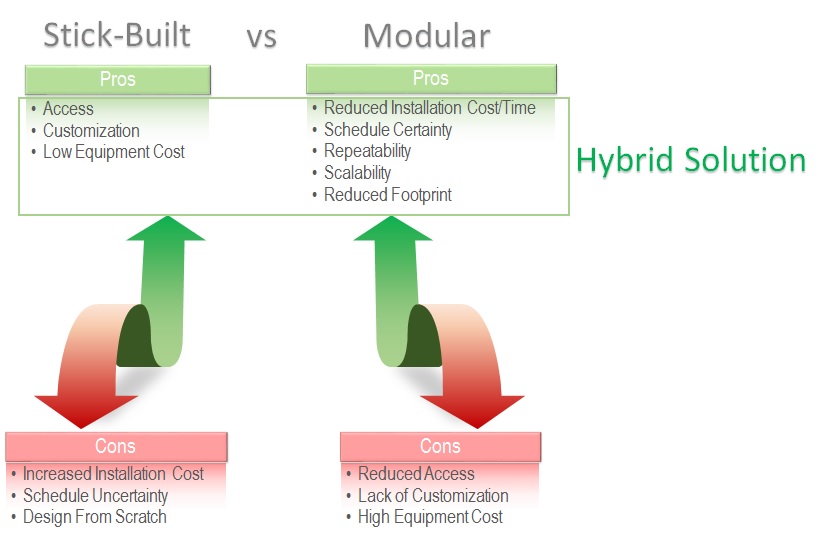Ambient conditions have a significant impact on the operation of natural gas power plants. This is largely due to the fact that as temperature and humidity rise, air becomes less dense and mass flow rate through combustion turbines decreases.
Inlet cooling has become a popular method for boosting power output by lowering the temperature of air before it enters the turbine’s compressor. Plant operators today have the option of using any number of cooling/chilling techniques for reducing air inlet temperature – two of the most common of which are turbine inlet air chilling (TIAC) and wet compression.
Both TIAC and wet compression offer distinct advantages that make them more or less suitable for use depending on the specific needs of the facility. Understanding what those advantages are is essential to making the right decision when choosing which method to employ, thus ensuring optimal use of capital budgets.
The purpose of this blog is to help operators make that decision by providing an overview of both methodologies.









 The power market has been subject to rapid changes over the last decade. Renewable generation capacity is contributing a measurable amount of power to the US grid and the growth rate of wind and solar installed capacity has increased by 11% annually from 2015-2018. Despite this growth, dispatchable power cannot be retired but needs to increase as well to support the intermittent nature of renewables. This is especially critical during the warm summer months where power grids are most at risk of not having capacity as a result of higher demand, and experience reduced production from combustion turbines. By making one key change, significant additional dispatchable capacity is available from the existing US combustion turbine fleet without installing more turbines.
The power market has been subject to rapid changes over the last decade. Renewable generation capacity is contributing a measurable amount of power to the US grid and the growth rate of wind and solar installed capacity has increased by 11% annually from 2015-2018. Despite this growth, dispatchable power cannot be retired but needs to increase as well to support the intermittent nature of renewables. This is especially critical during the warm summer months where power grids are most at risk of not having capacity as a result of higher demand, and experience reduced production from combustion turbines. By making one key change, significant additional dispatchable capacity is available from the existing US combustion turbine fleet without installing more turbines.